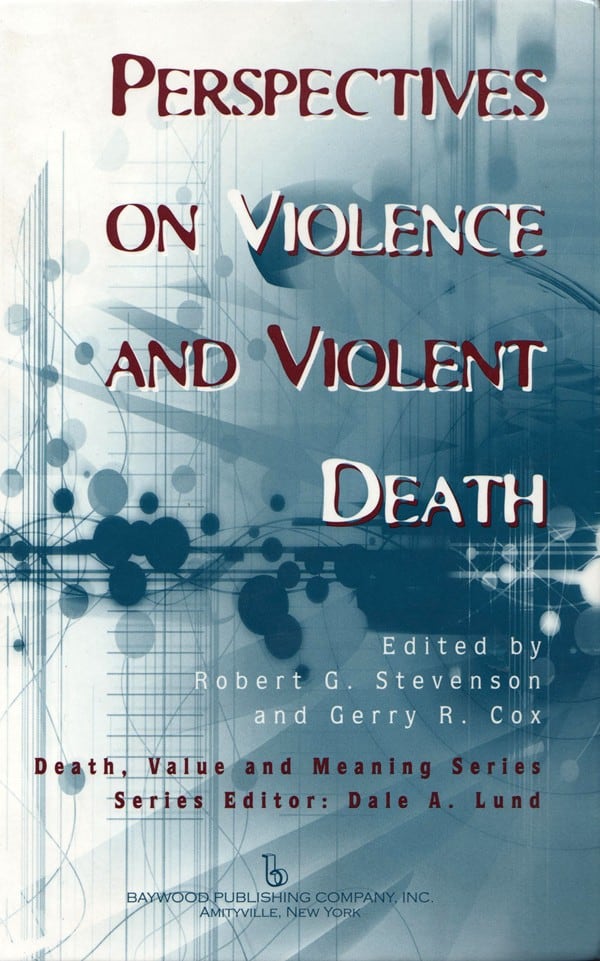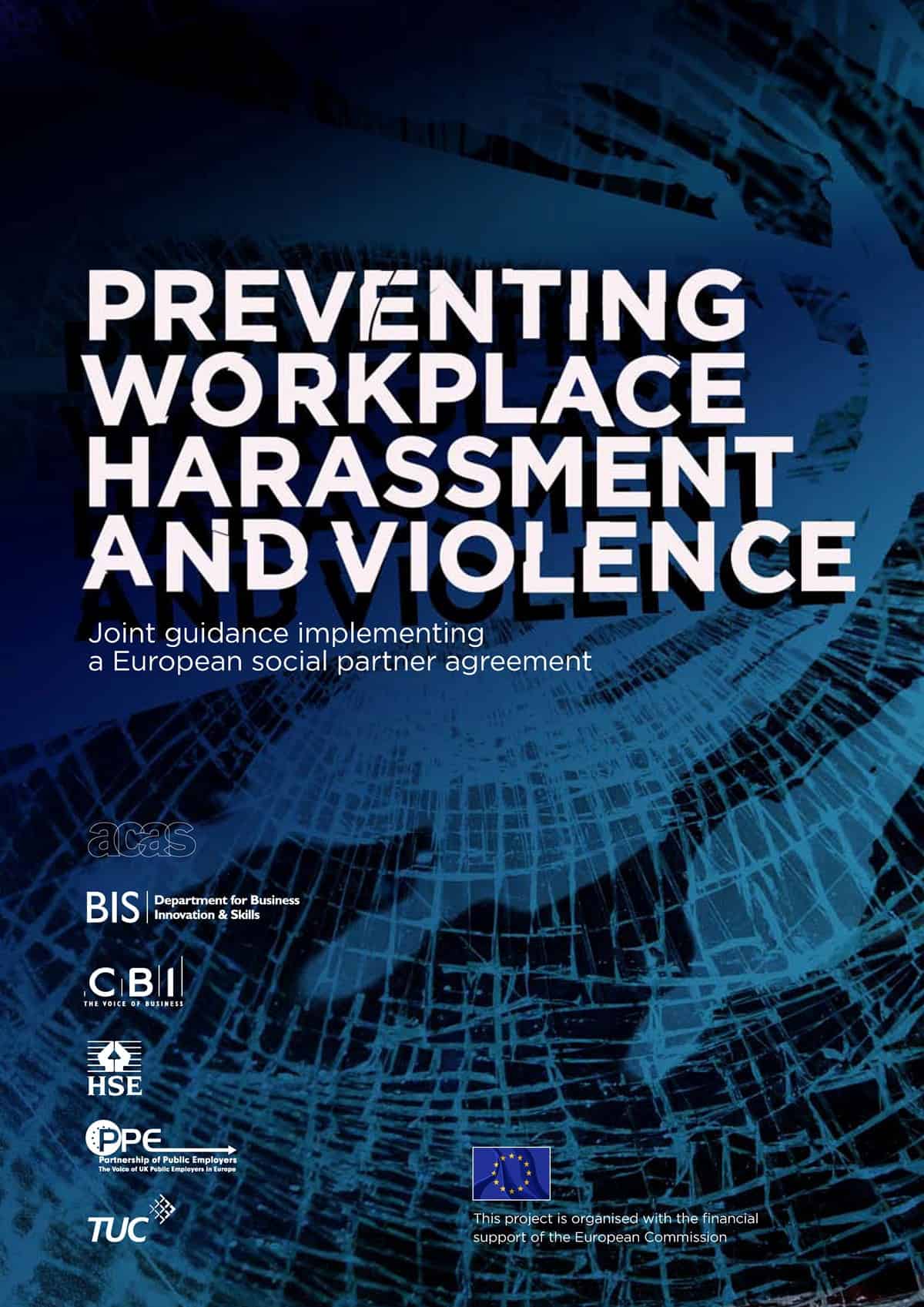A feature article on workplace bullying in The Age newspaper on 10 March 2010 has the additional or secondary benefit of again raising the relevance of “restorative justice” to the issue of occupational safety and health.
The main element of the article is the McGregor family who had two children commit suicide over related issues. The son, Stuart McGregor, described as being chronically depressed, was being bullied at work. He confided in his sister, Angela McGregor, over the issues. Angela had been bullied at school. Alannah killed herself. A month later, Stuart followed.
WorkSafe investigated the bullying at Stuart’s place of work, substantiated Stuart’s claims are is determining what further action to take. The newspaper reports that there may be insufficient evidence to pursue the case through the Courts.
What the reporter, Helen Westerman, does is to relate the grief and hurt of the parents to the potential benefits of the application of “restorative justice” in workplace incidents. Continue reading “Workplace bullying and restorative justice – how to help the families left behind”



